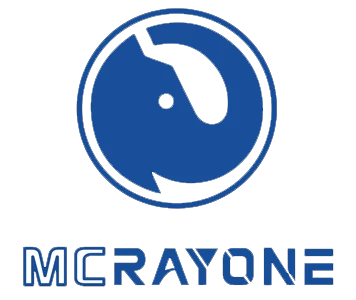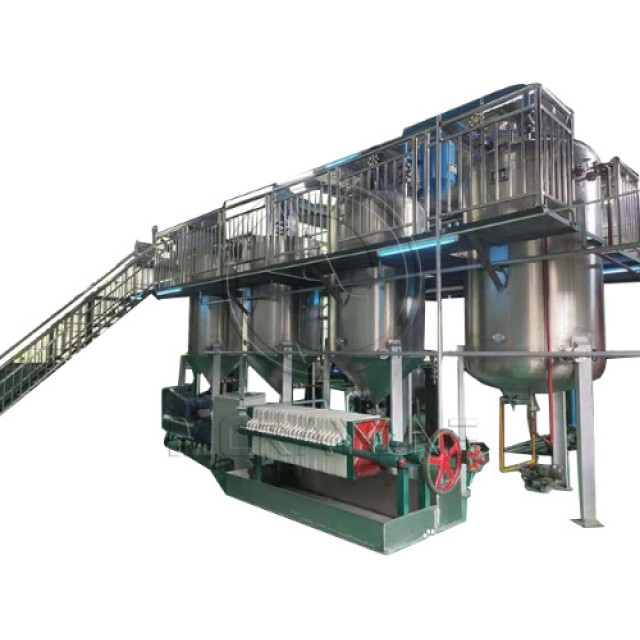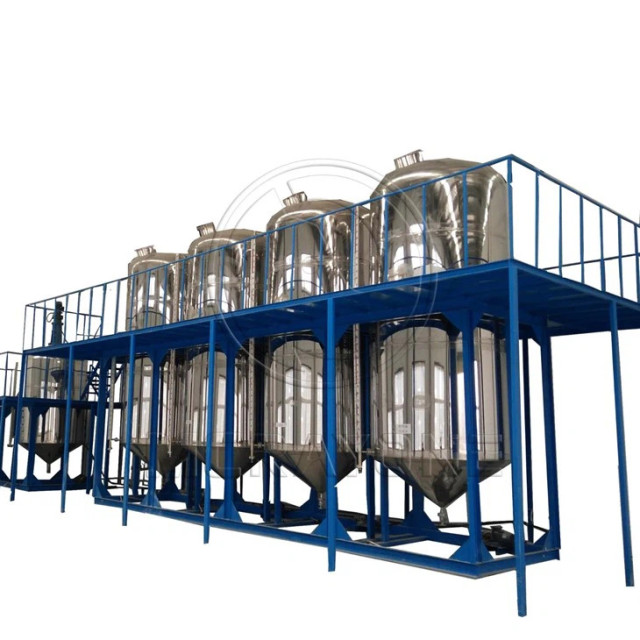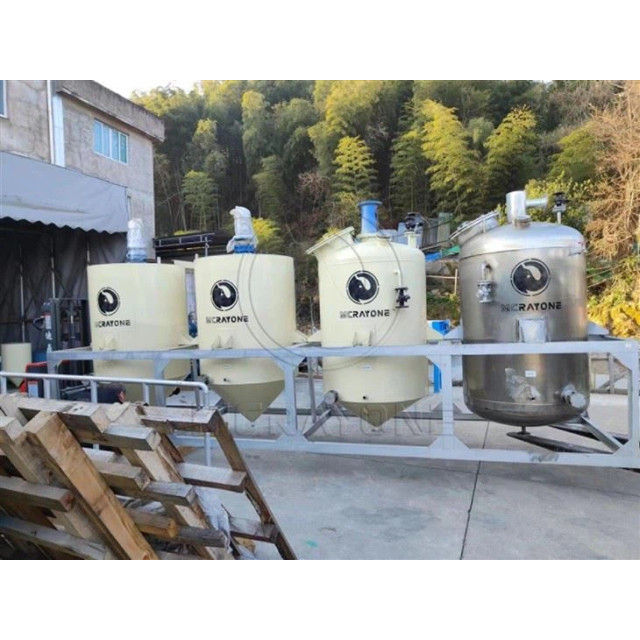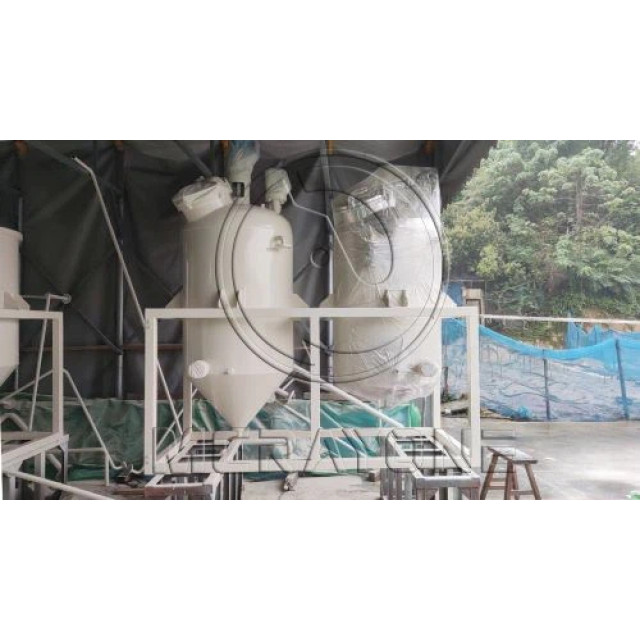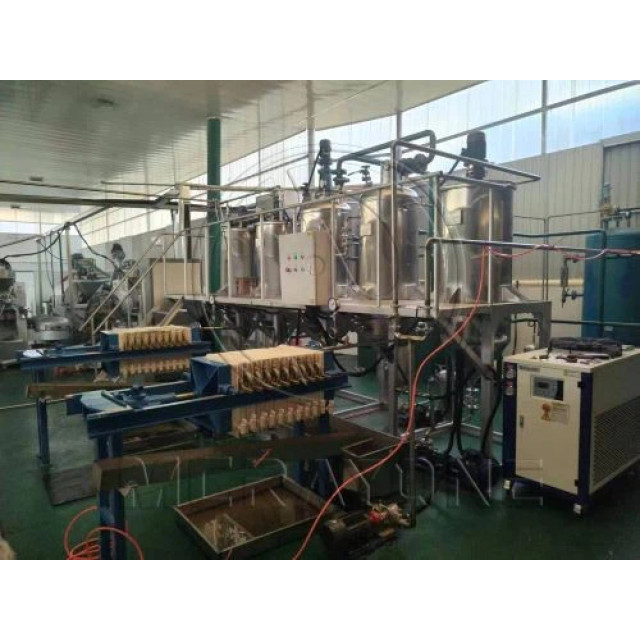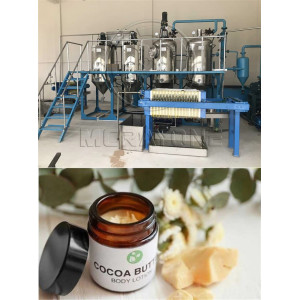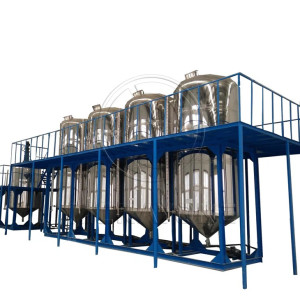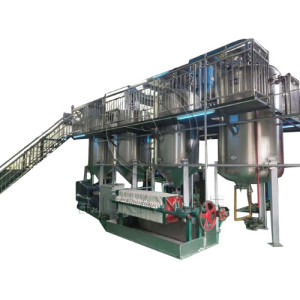Palm kernel oil, also known as palm kernel oil, is obtained from the kernel of the palm fruit. Palm kernel oil contains a lot of lower fatty acids, so its properties are very different from palm oil, but very similar to coconut oil. Fresh palm kernel oil is milky white or yellowish in color, has a solid consistency and has a pleasant walnut aroma. Palm kernel oil is easier to oxidize and decompose during storage, and its taste becomes pungent. Palm kernel oil is a common ingredient; it is widely used in the growing food commercial industry due to its low cost. Its high oxidative stability and free of cholesterol and trans-fatty acids are especially welcome when used in rendering (saturation) frying for its health benefits.
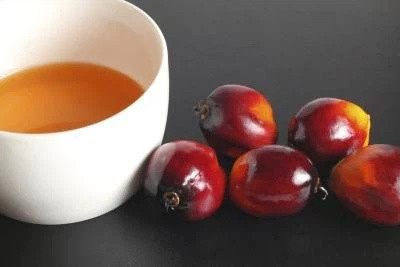
1. filter
Raise the temperature of the crude oil to 30-32°C, and stir at a speed of 60 r/min to remove air bubbles in the oil. Add 0.1% to 0.2% phosphoric acid (0.5% industrial phosphoric acid by mass fraction) in oil and stir for about 30 minutes.
2. Neutralize with alkali
Alkali refining is carried out with 160 degrees of Baume, liquid caustic soda with a quality of 1.5% of oil quality and liquid caustic soda with an oil quality of 0.5%. First stir rapidly (60 r/min) for 10-15 min, then stir slowly (27 r/min) for 40 min.
3. Static precipitation
Neutralize and stir slowly for 40 minutes, then raise the temperature to 50-52°C, continue to stir at a slow speed for about 10 minutes, stop stirring after the oil and soap are separated, and turn off the indirect steam. Let it settle for about 6 hours, and then separate the oil and soap.
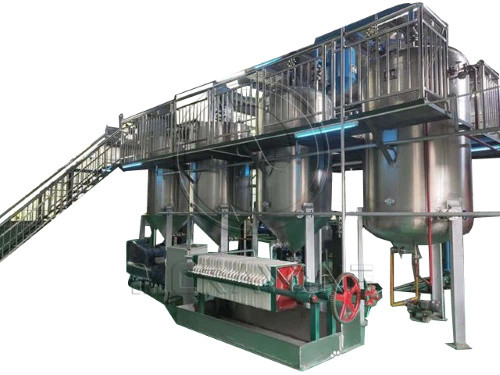
4. Washing
Heat up the clean oil after soapstock separation to 85°C under stirring, then add saline-alkaline water (containing 0.4% caustic soda and 0.4% industrial salt) with 15% oil quality and a temperature of 90°C. After adding water, the stirring was stopped, and the lower layer of wastewater could be released after standing for 30 min. After the waste water is exhausted, the oil temperature is still controlled at 35°C, and then sprayed with 15% boiling water (clear water). Also stop stirring after adding water, let stand for 0.5 h and then release the lower layer of wastewater. So wash 2 or 3 times.
5. Pre-bleaching
Start the vacuum pump to suck the pure oil after alkali refining into the pre-decolorization pot, and raise the temperature to 90°C. Dry and dehydrate at a vacuum of 99 kPa for 30 min. Then inhale a small amount of acid clay and stir for 20 min. After pre-decolorization, the oil is cooled to 70°C under vacuum, and then sent to a filter press with a gear pump for filtration.
6. Decolorization
Inhale the pre-decolorized oil into the decolorization pot, raise the temperature of the oil to 90°C under a vacuum above 99 kPa (740 mm Hg), and suck in 100 kg of acid clay and 60 kg of activated clay (based on 6 t of oil) ), and continue stirring for 10 min. After decolorization, the oil is cooled to 70°C under vacuum, and is also sent to a filter press by a gear pump for filtration.
7. Deodorization
Start the vacuum pump to suck the decolorized oil into the deodorizing pot. When the indirect steam heats the oil to 90-100°C, start spraying direct steam, and when the oil temperature rises to 185°C, start vacuuming with a three-stage steam jet pump to maintain the residual pressure at 400-666 Pa, and the oil temperature is still 185 ℃, deodorize for about 5 h. After deodorization, the oil is cooled to 30°C under vacuum, and the refined oil is obtained after filtering.
|
Capacity |
Material |
Tanks |
|
500kg/day |
Carbon steel /stainless steel |
4 |
|
1T/day |
Carbon steel /stainless steel |
4 |
|
2T/day |
Carbon steel /stainless steel |
4 |
|
3T/day |
Carbon steel /stainless steel |
4 |
|
4T/day |
Carbon steel /stainless steel |
4 |
|
5T/day |
Carbon steel /stainless steel |
4 |
|
6T/day |
Carbon steel /stainless steel |
4 |
